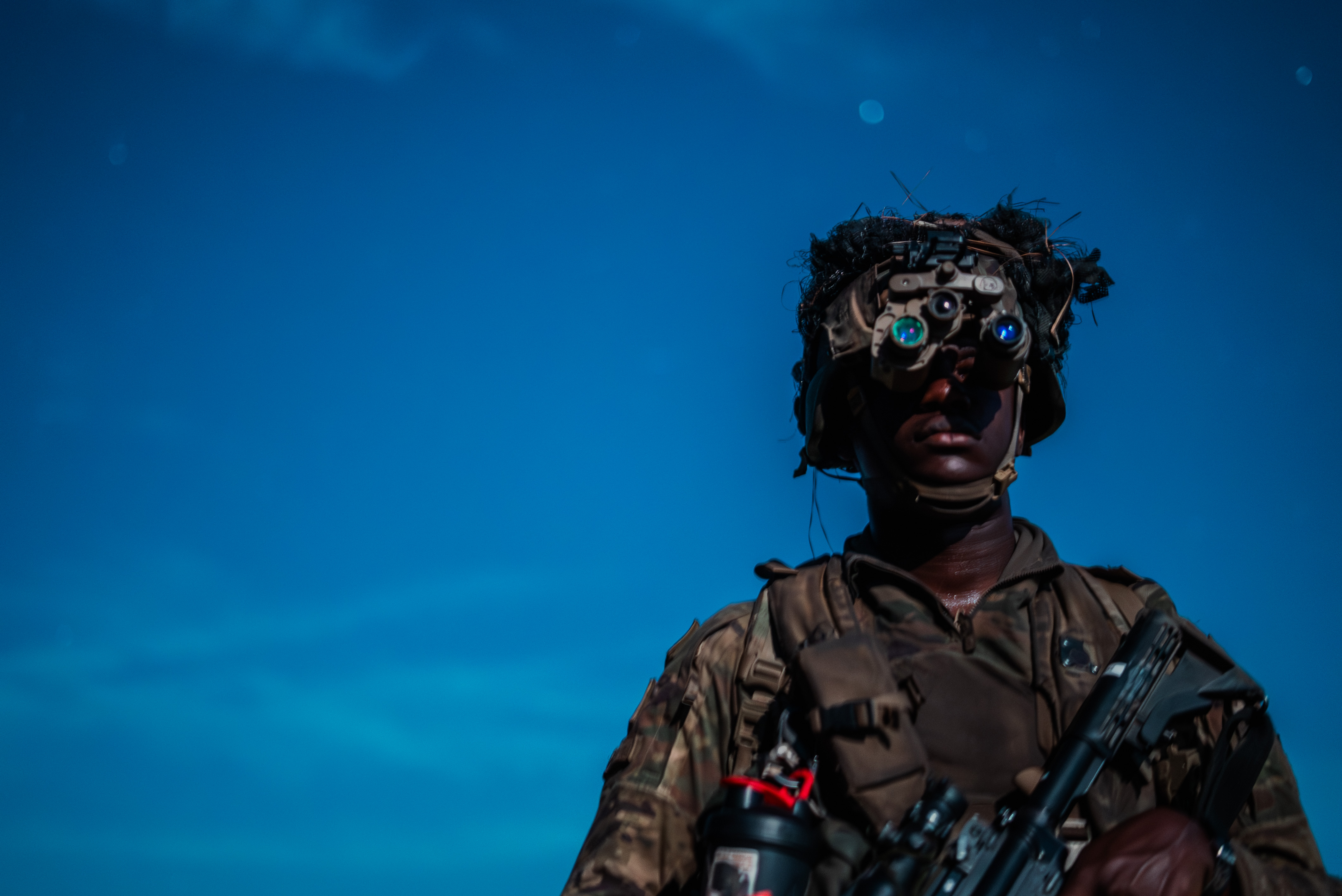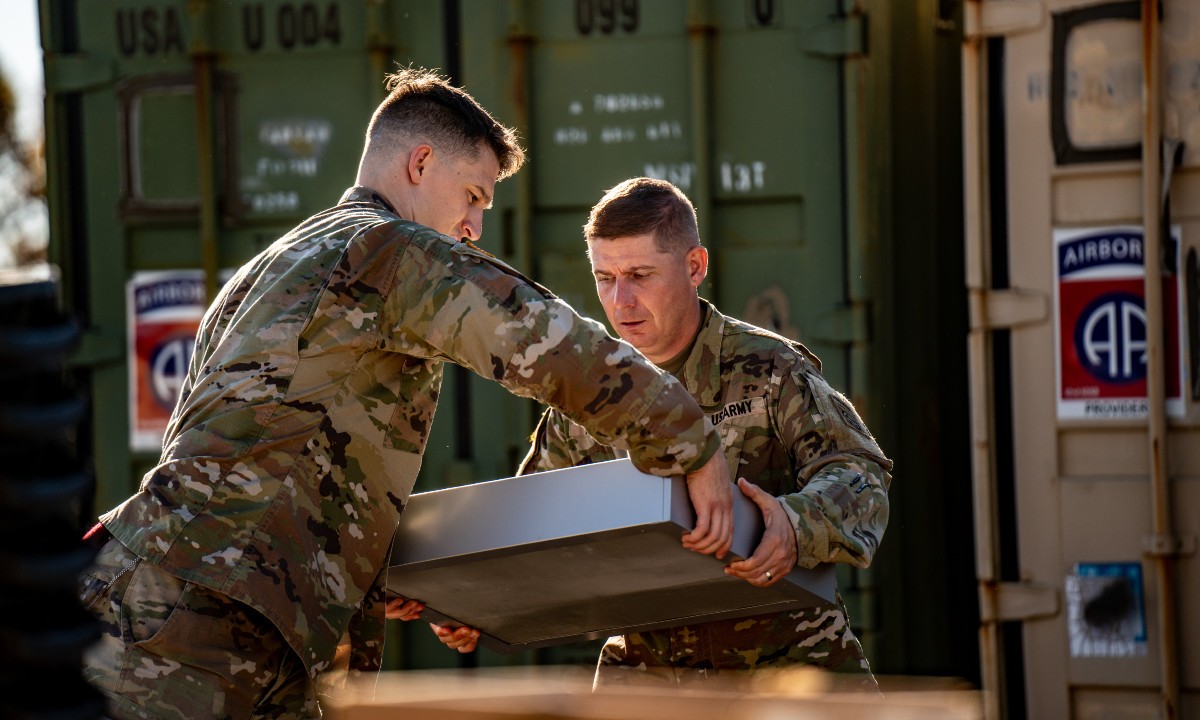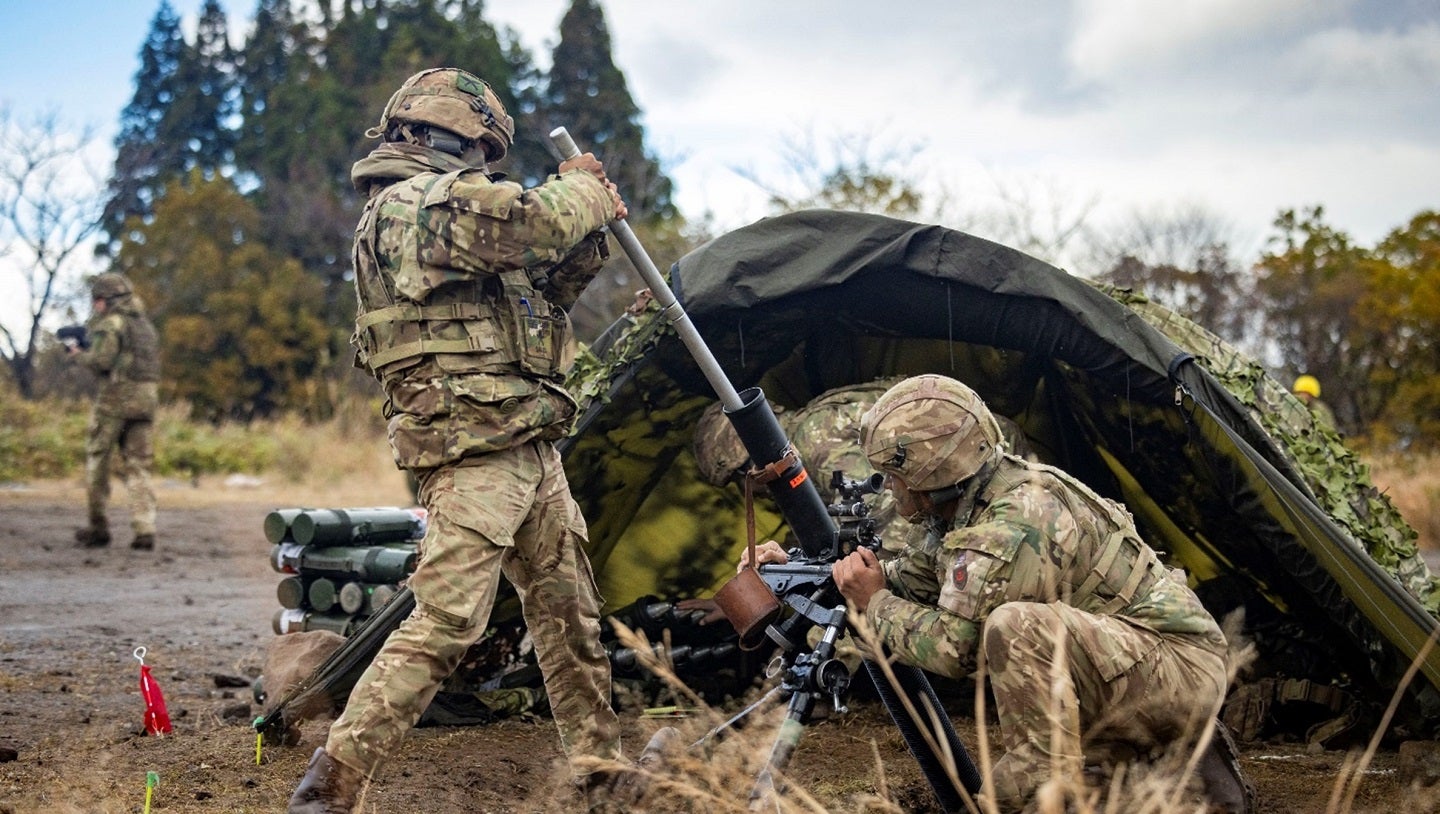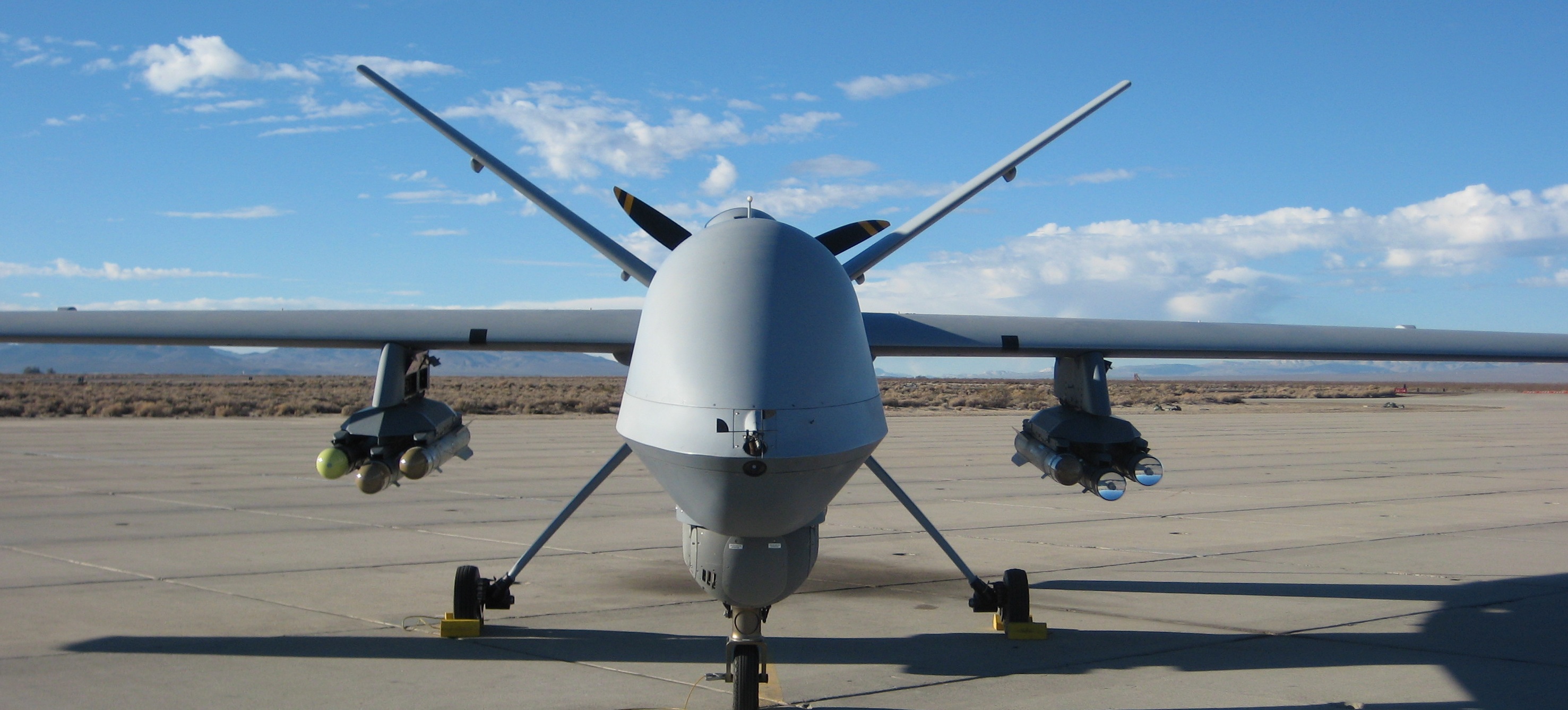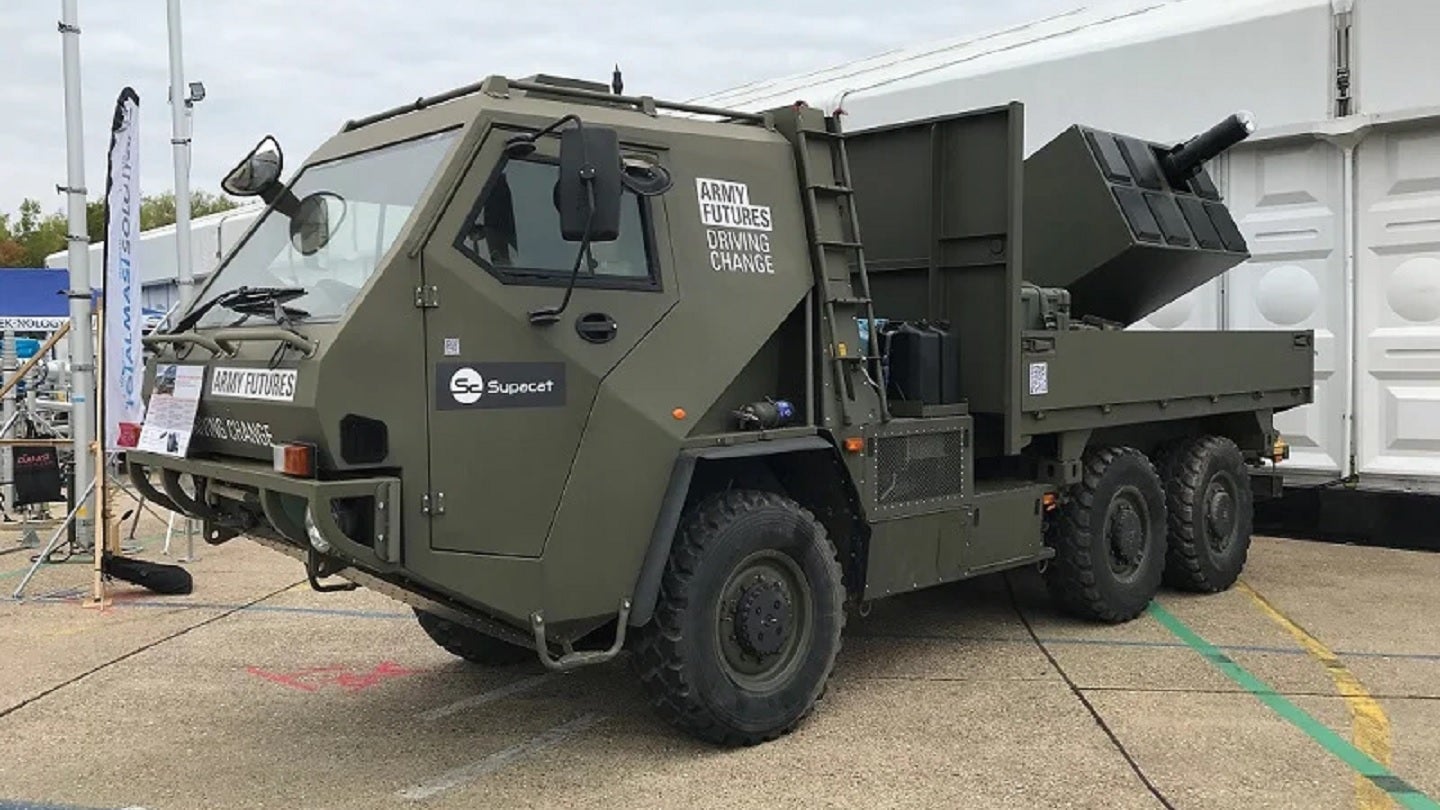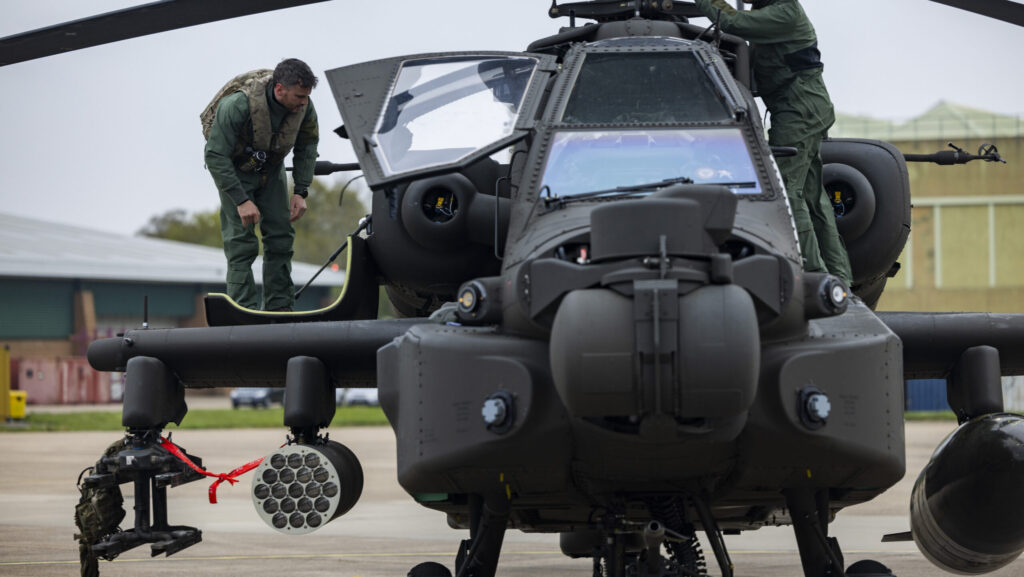Further to my last
Entropy - a concept central to the second law of
thermodynamics that expresses the measure of the disorder of a system that occurs over a period of time when there is no energy applied to keep order in the system. Think of a playroom in a preschool; if no energy is put into keeping it tidy, it quickly becomes disordered with toys all over the floor, a state of high entropy. If energy is put in via cleaning up and organizing the room once the children leave, then the room returns to a state of order and low entropy.
The natural tendency of the universe is to disorder, also known as chaos.
The military mind is devoted to order.
It is attracted to the Sun King's gardens.

It aspires to the Household Division on Parade

To tanks in warehouses, ships in harbour and aircraft on runways

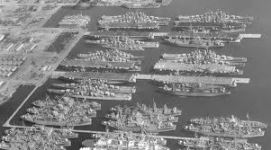
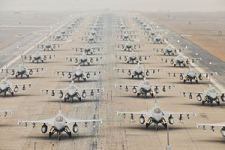
But all of those are unnatural states. All that is required to reduce that order back to chaos is a small band of anti-social reprobates and drunks with dreams of glory and a cheque book.
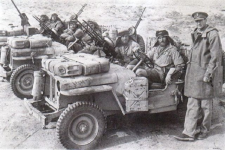
...
....
The Western Military Industrial Complex is predicated on creating space for all those troops, tanks, ships and planes to be created and ordered, creating a safe-space free from David Stirling and Paddy Mayne (and their Polish compadre
Popski ).
In order to keep that space safe a lot of good ideas have been buried because they would threaten that well ordered vision. I am always drawn to the fight against ATGMs, Merlins, FOG-Ms, Netfires with its LAMs and PAMs. It is those very weapons that are now being built in a hurry, at low cost, and being employed to great effect against the highly ordered Russians.
....
And the Ukrainian way of war is winning. Winning in the sense that it is preventing the Russians from winning. And the US Army seems to be observing and deciding that even their highly ordered solutions would struggle in the Ukrainian environment.
It appears to be a given that concentration of forces is going to be hard to achieve, that it will take time and it will require moving forces in small numbers over long distances discretely. Tanks will not move in regiments, or even squadrons, but will be infiltrated in twos and threes, in penny-packets.
The fight is a dispersed fight with small units facing each other and working to prevent the other side organizing a break through force. The struggle is to impose order on an increasingly chaotic battle space.
....
There is an alternative. Learn to live with chaos. Accept that imposing order may be difficult if not impossible and learn to work around the edges. The alternative view to Versailles is the English Country Garden

Reduce the scale, work with what is given to you, accept the chaos and manage it round the edges. Work to prevent being overwhelmed.
....
Thornal also said that the 101st had more sense and strike capabilities than units that the opposing force previously fought so they tried to change their own behavior as well.
“When we were infiltrating the area of operations, we had to use converging routes methods, so using multiple routes to make it harder to identify the main effort,” he said. “We had to serialize our movements so instead of sending eight tanks in at once — two here, two here, two here — it made us much slower.”
The takeaway for both sides, Thornal said, is the importance of concealment, dispersion, camouflage, and displacement. In layman’s terms that means moving quickly and quietly with smaller units to avoid detection by enemy forces via drone or having little to no signature on the electromagnetic spectrum which can be used to determine the size or makeup of a military’s assets like a refueling point or a battalion headquarters.
Soldiers tested new formations and technology from the Army chief of staff’s “transformation in contact” concept.

taskandpurpose.com
....
We have done ourselves no service by creating safe-spaces for tanks and aircraft and ships. We should have been learning how to make use of them when David Stirling's mates were running rampant and taking advantage of any available technology.
www.canada.ca









